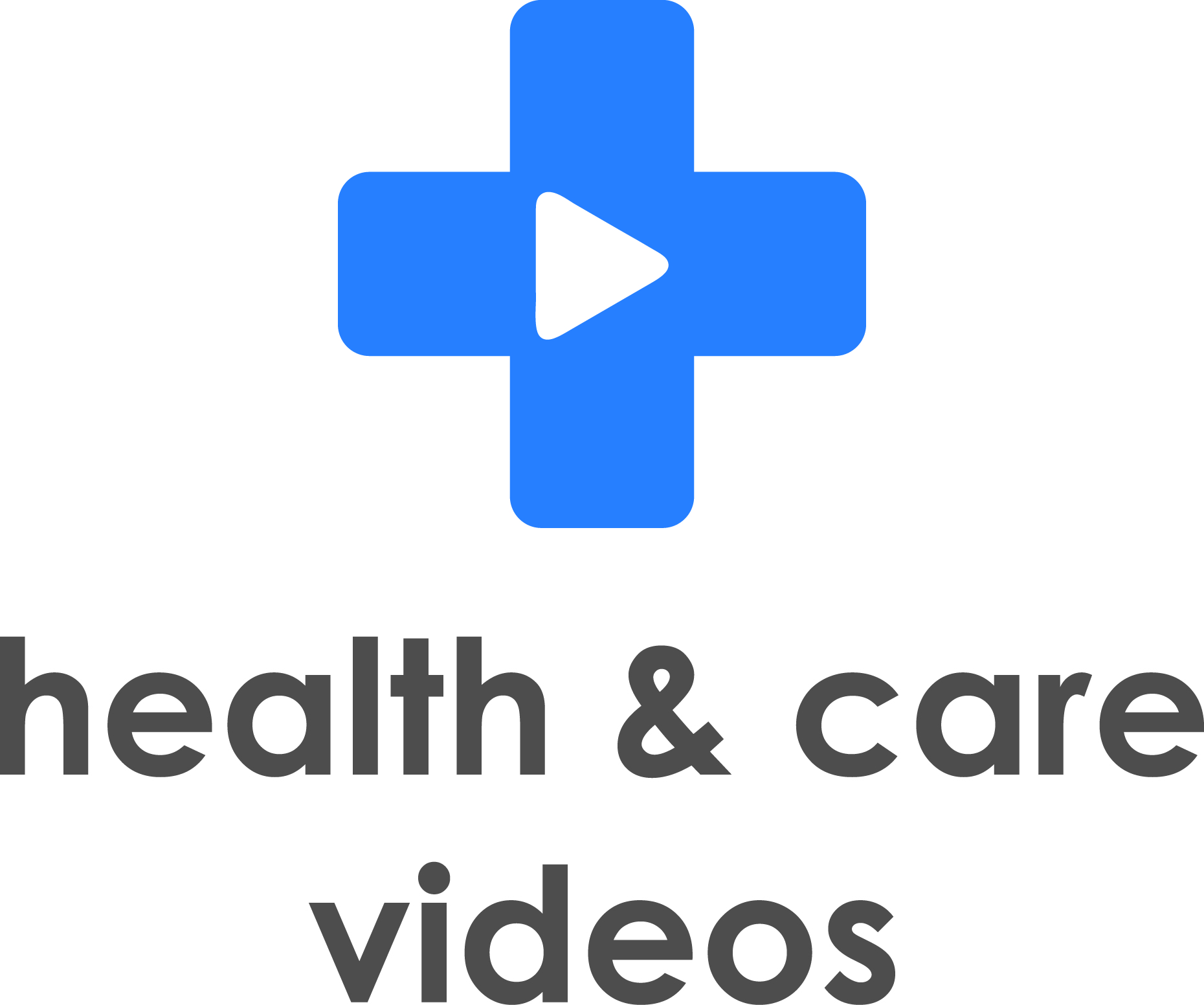Printing in healthcare can be quite a costly affair.
For individual departments it might not seem like a lot, but once combined with the rest of the Trust’s printing costs, it quickly becomes a very significant outlay.
Here we’ll explore the cost of printing in healthcare, and how new technologies might be able to help reduces these costs
Printing in the NHS
Paper-based resources are prevalent throughout the NHS, for example:
- Appointment letters (and reminders)
- Patient records
- Leaflets
- Posters
These are very costly to produce. Surrey and Sussex Healthcare Trust is a medium-sized acute hospital with a total income of almost £300m (2016/17). It serves a population of more than half a million people.
This Trust spends approximately £450,000 a year on printing and faxes. This includes maintaining and procuring printing equipment.
However, the government has now announced that the NHS will be ‘paperless’ by 2020.
It’s hoped that this will make healthcare processes more efficient as it makes information sharing easier and automated systems can assist with early prevention.
Is ‘Paperless 2020’ a realistic prospect?
Paperless 2020 is part of the NHS Five Year Forward View. They aim to eliminate all paper resources by the year 202 by utilising new data sharing methods and technologies.
Most patients are enthusiastic abouta shift to a paperless NHS. It’s very easy to lose lor misplace appointment letters, information leaflets and reminders
Digital brings all of these resources together in one place that’s easy to access. In fact, it should speed up hospital communications immensely. Experts believe will help streamline the patient pathway, reduce anxiety and improve the quality of care.
Here are a few other predictions for Paperless 2020:
- Give patients control of their health and well-being
- Empower carers
- Reduce administration requirements
- Support new treatments and medications
Here’s a short video from NHS England that suggests what a paperless NHS might look like:
Experts are conflicted on whether Paperless 2020 will be successful.
A recent report from Digital Health Intelligence concludes that the government’s target will not be met before 2027.
This is because the uptake in electronic clinical decision support and advanced e-prescribing remains the same. The ageing IT infrastructure also inhibits the introduction of paperless systems.
However, Dr Robert Wachter says that 2023 might be a more realistic target. This allows trusts that are not ready for the shift to digital to prepare for the change and eliminates the risk of moving too quickly on a system that might fail.
Introducing new technologies that will reduce the cost of printing in healthcare
Experts agree that new health and care technologies are going to be an integral part of reducing the cost of printing in healthcare and improving current systems.
Here are a few examples of technology that’s already being used:
University Hospitals of Leicester NHS Trust
The Nursing Technology Fund gave this Trust the money to equip nurses with mobile devices.
Nurses now use iPads to record patient vitals and observations. This is a huge step for the Trust as it makes patient handover much easier and ensures that important information is easily available for staff.
The introduction means that there is less time spent scrambling for information so physicians and nurses can concentrate on patient care.
This paperless option has vastly improved performance of the Trust, as well as saved them money on printing and staff administration time.
Oxford University Hospitals NHS Trust
Previously, this Trust used a paper-based early-warning chart. However, most of the team agreed that an electronic system would be better.
They received funding from the Safer Hospital Safer Wards Technology Fund to make this change.
They now use tablet computers that integrate with monitoring equipment and display key information on a dashboard. This enables rapid assessment and timely intervention.
Real-time data is shared so that the right people (staff, patients, relatives, carers) get the right information at the right time.
This is a very important and powerful tool as it can prevent illnesses, like Sepsis, from progressing.
This electronic method is actively replacing the old paper method and making systems more efficient in the process.
Torbay & South Devon NHS Foundation Trust
This Trust works in partnership with Health & Care Videos; the owners of the largest health and care video library in the UK.
Video is a simple and low-cost medium that can have a really effective result in healthcare.
This Trust places videos strategically throughout healthcare pathways. These videos inform patients about their condition (sometimes to the point they no longer require appointments) consequently reducing the need for appointment letters, reminders and paper-based notes.
The Trust encourages their patients to watch their videos both in practice and at home. They can easily access these clips through the Trust’s website.
Videos are beginning to replace the need for printed leaflets and posters. Most staff agree that it is a more engaging medium anyway, and love that it’s much easier for patients to use. Especially as it does not rely on patients holding on to a leaflet.
Torbay and South Devon NHS Foundation Trust aren’t the only Trusts using video to inform patients, train staff and improve the quality of care. Others include:
- Poole Hospital NHS Foundation Trust
- Royal Cornwall Hospitals NHS Trust
- Royal United Hospitals Bath NHS Foundation Trust
- Torbay and South Devon NHS Foundation Trust
- Royal Surrey County Hospital NHS Foundation Trust
- Buckinghamshire Healthcare NHS Trust
Video is helping Trusts across the country improvepatient experience and reduce the cost of printing in healthcare.
To find out how Health & Care Videos can help reduce costs, email or call our team today.

